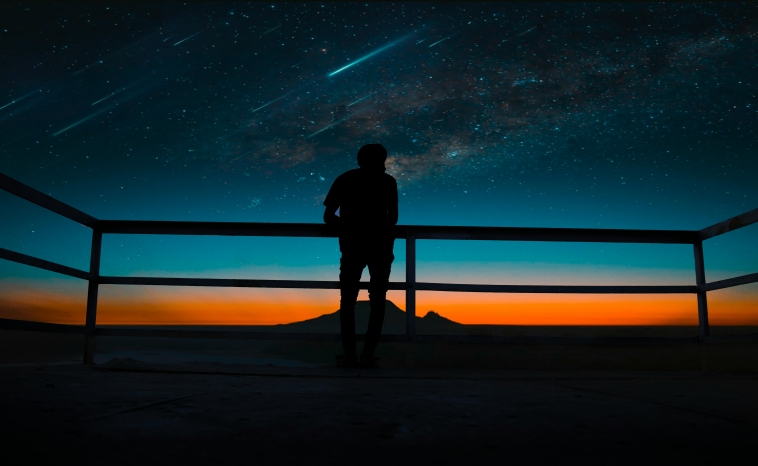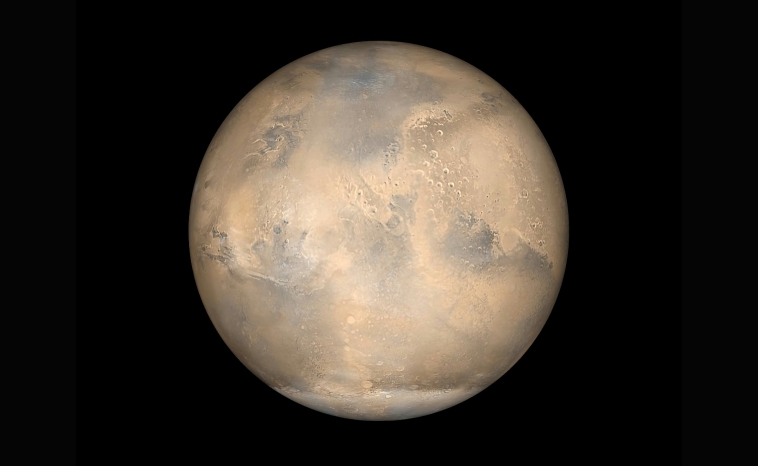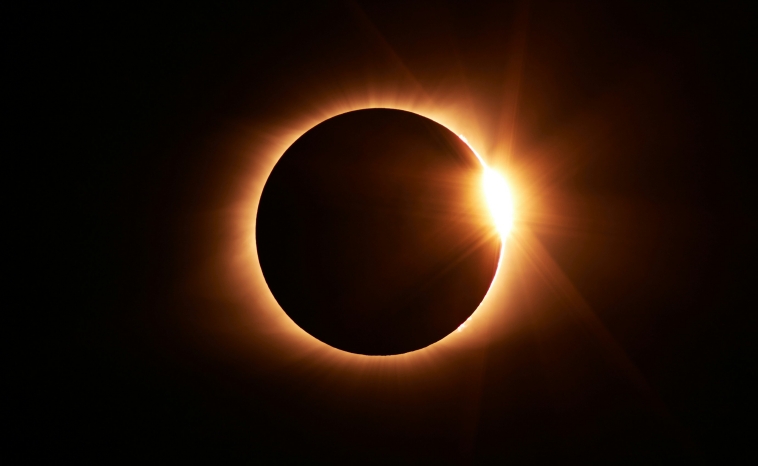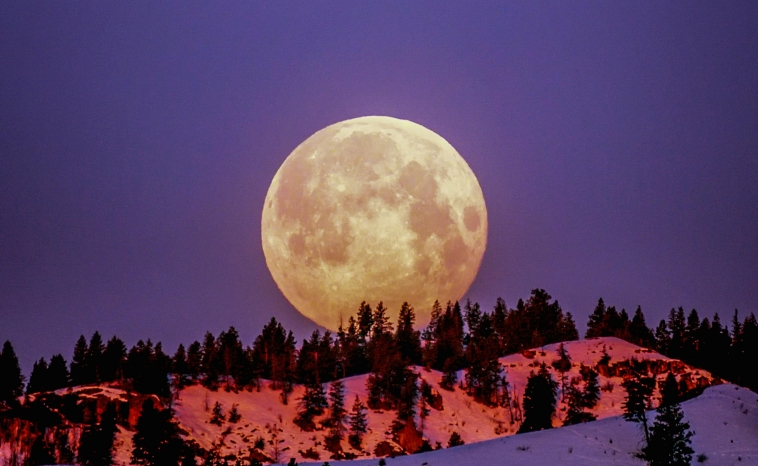Astronomical Events 2025: What to Look Out For!

Join us for a run through of the standout astronomical events of 2025. Mark your calendars for conjunction, meteor showers, and eclipses!

Happy New Year! As we step into 2025, I’m sure you’ve already made plenty of plans and resolutions to help make the coming year one to remember. But in between those vacations and gym visits, don’t forget to spare a moment or two for some spectacular stargazing opportunities! Yes, when it comes to astronomical events, 2025 has an impressive line-up of celestial wonders just waiting to dazzle us.
The coming 12 months have something for every stargazer to enjoy, from spectacular eclipses to striking planetary conjunctions, and even a few meteor showers to boot. So, whether you’re a seasoned astronomer or someone who simply enjoys looking up in awe, here are our astronomical highlights of the year to mark on your calendar.
Astronomical Events 2025
January 12th: Mars Opposition

Kicking off 2025 with a bang, the Red Planet will be at its opposition on January 12th. This means Mars will be directly opposite the Sun in the sky, making it particularly bright and visible. During opposition, Mars is also at its closest point to Earth, so this makes it an ideal time for observation. Break out your telescope to catch a glimpse of its dusty surface and polar ice caps!
January 17th-18th: Venus-Saturn Conjunction
Shortly after Mars’ stunning display, we’ll be treated to a close encounter between Venus and Saturn. On the nights of January 17th and 18th, the two planets will appear to nearly touch in the western sky after sunset.
Venus, the brighter of the pair, will shine brilliantly, making for a spectacular sight even without a telescope. But if you do have access to binoculars or a small scope, Saturn’s rings might just add an extra layer of beauty.
March 29th: Partial Solar Eclipse (UK)

For those in the UK, March 29th brings an exciting event: a partial solar eclipse. The Moon will pass in front of the Sun, partially covering it to create a crescent effect. The exact extent of the eclipse will depend on your location, but remember to use proper solar viewing equipment to enjoy this phenomenon safely!
August 12th: Jupiter-Venus Conjunction
Fast forward to August, and we’ll get to see yet another planetary pairing, this time Jupiter and Venus. On August 12th, the two planets will come together in a stunning conjunction. Look to the western sky just after sunset to see this dazzling duo.
With their combined brightness, the conjunction promises to be a jaw-dropping sight for stargazers of all experience levels!
September 7th: Total Lunar Eclipse
Lunar lovers, rejoice! On September 7th, the UK will experience a total lunar eclipse, often referred to as a “Blood Moon” due to the reddish hue the Moon takes on during the event.
The eclipse will be visible across many parts of the world, including Europe, Africa, and Asia. Totality – the most dramatic phase – is expected to last over an hour, so settle in with a warm drink and enjoy the show!
September 21th: Saturn Opposition
September isn’t done with celestial delights just yet! On the 21st, Saturn reaches opposition, meaning it will be at its closest approach to Earth and fully illuminated by the Sun. This is the best time to observe the ringed planet, especially if you can use a telescope to bring its rings and moons into view. That said, even with binoculars, Saturn’s golden glow is sure to captivate you!
Astronomical Events 2025: Supermoons in 2025

Supermoons occur when a full Moon coincides with its closest approach to Earth in its orbit, making it appear larger and brighter than usual. We were lucky enough to experience four of these in 2024, and three more will follow In 2025:
- Hunter’s Moon on October 7th
- Beaver Moon on November 5th
- Cold Moon on December 4th
What makes supermoons extra special is their size and brightness. They can appear up to 14% larger and 30% brighter than a typical full Moon. That’s especially true when you can see them close to the horizon, where they take on a golden hue due to atmospheric effects.
For the best views, head to a location with minimal light pollution and a clear view of the horizon. Bringing binoculars or a telescope can enhance the experience, but even the unaided eye will be able to capture the Moon’s striking beauty.
Astronomical Events 2025: Meteor Showers to Watch
Of course, no astronomical roundup would be complete without mentioning meteor showers. Here are the top showers to catch in 2025:
- Quadrantids (January 3rd-4th): A strong shower with up to 120 meteors per hour at its peak. Best viewed in the early morning hours.
- Perseids (August 12th-13th): Famous for its bright and fast meteors, this shower peaks around the time of the Jupiter-Venus conjunction.
- Geminids (December 13th-14th): Perhaps the most reliable meteor shower, producing over 100 meteors per hour. Bundle up and enjoy the grand finale of the year.
Astronomical Events 2025: Final Thoughts
2025 promises to be a year of astronomical wonders that will delight and inspire stargazers everywhere. From the dazzling brightness of supermoons to the fleeting beauty of meteors and the rare alignments of planets, there’s no shortage of reasons to look up. So, grab your telescope, blanket, and a hot drink, and make the most of these cosmic events!

And if you’re feeling inspired to commemorate a special stargazing moment, why not name a star after someone you love with our OSR Gift Pack? It’s a gift that’s truly out of this world!

